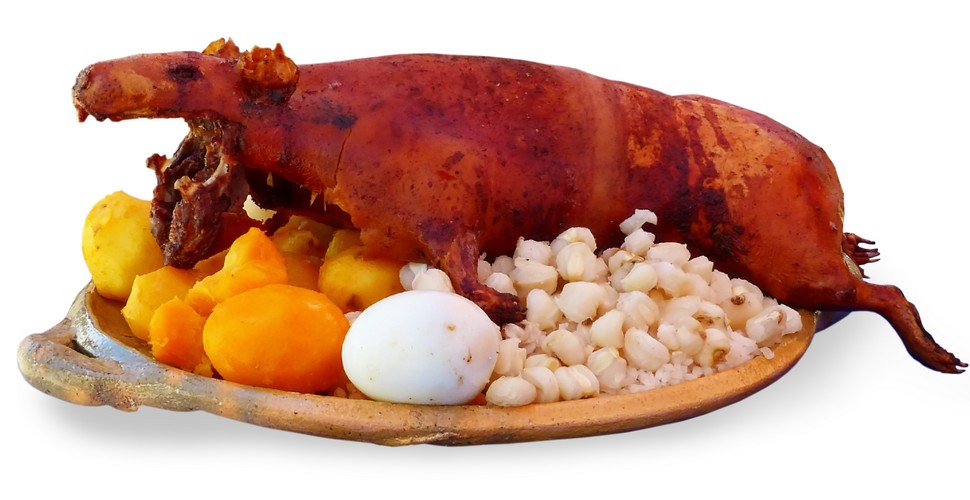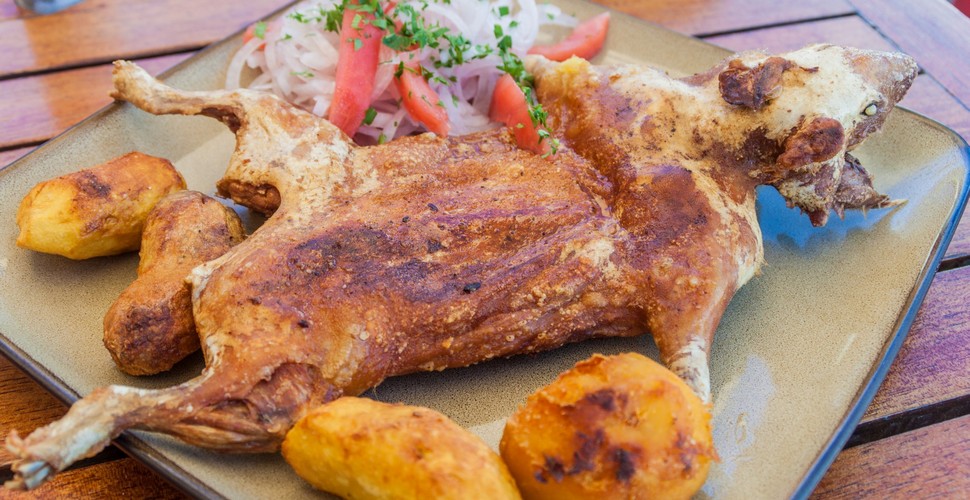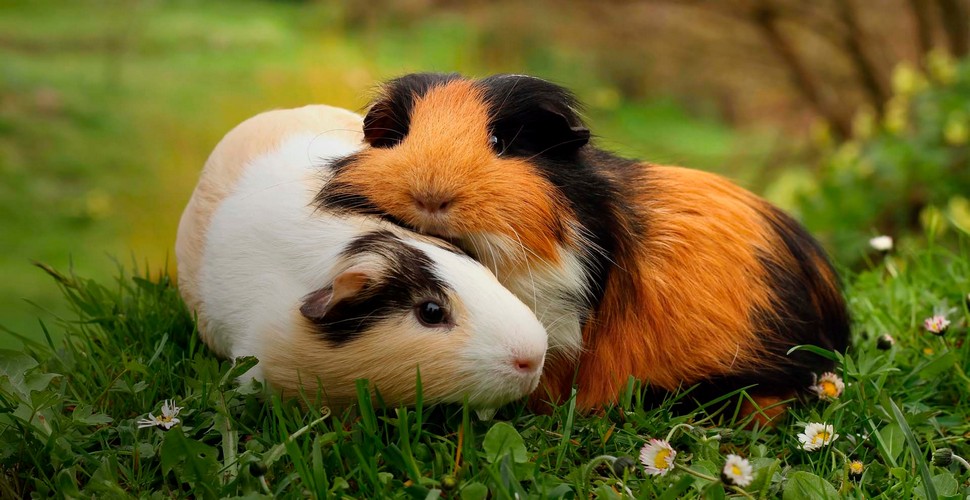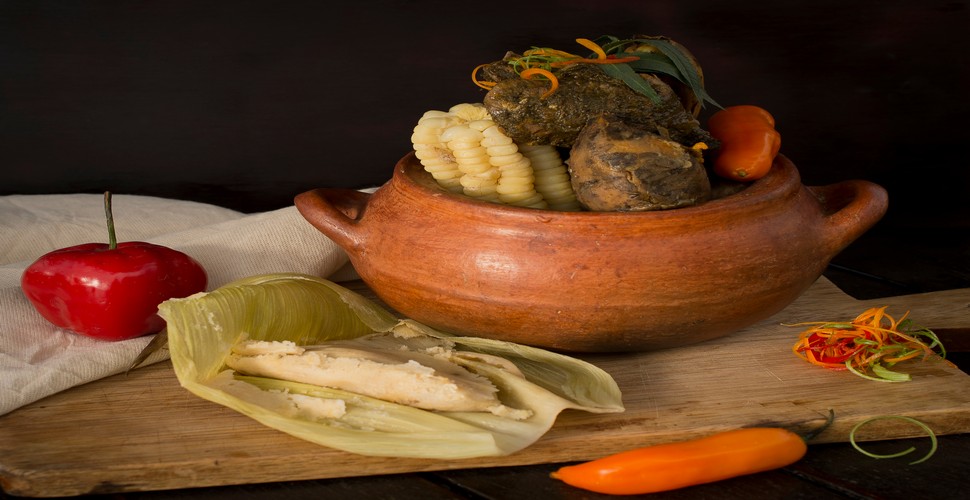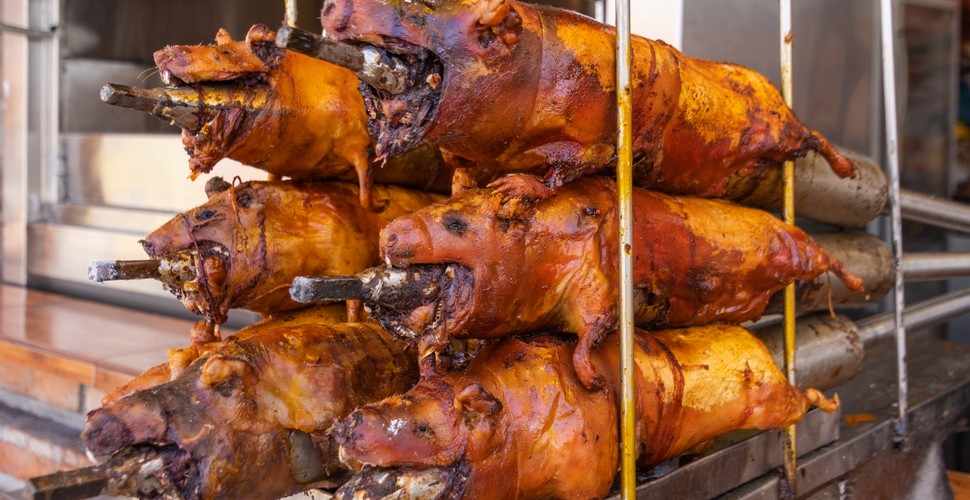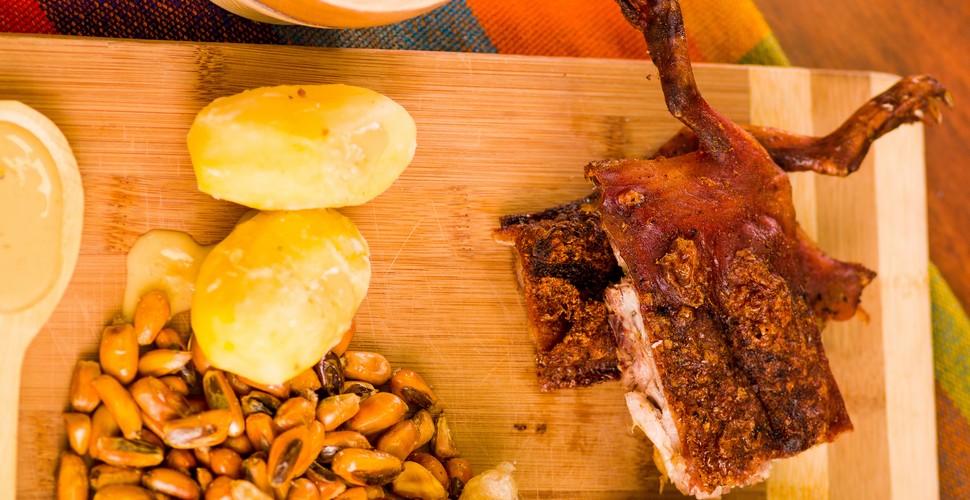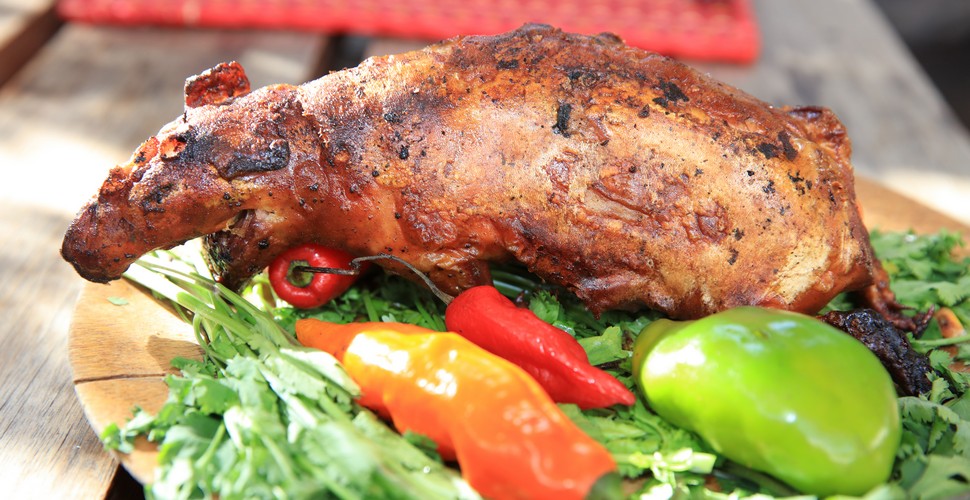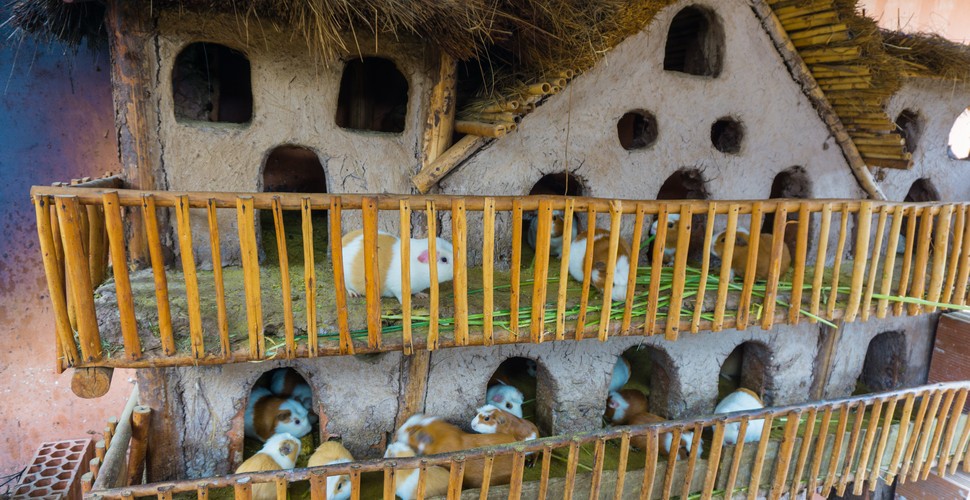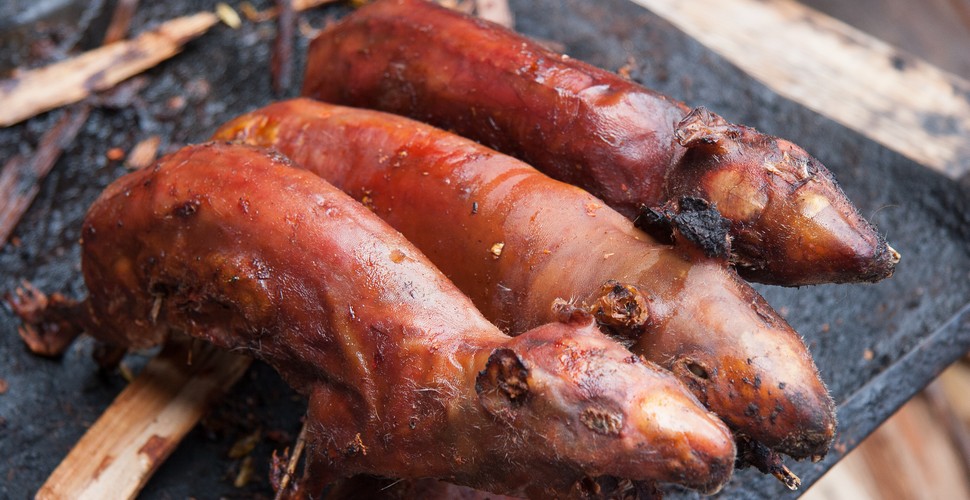

Claire Dean
Travel in South America is a joy to behold. The rich variety of destinations, experiences, landscapes and geography fascinated me so much, that I chose to relocate here, over 20 years ago! The best thing I ever did! Allow me to share my knowledge and passion for Central and South America with you and help you plan your holiday of a lifetime!

Fascinating Facts About the Peruvian Guinea Pig (Cuy)
Written by:Claire Dean
Last Update: 2025-02-25
Peru, a land of unique culture and rich history, is not only known for its stunning landscapes and ancient ruins but also for its fascinating culinary traditions. One such culinary delight that might surprise you is the Peruvian Guinea Pig, locally known as "Cuy." This furry little creature holds a special place in Peruvian cuisine and culture. Here are 7 intriguing facts about the Peruvian Guinea Pig that you might not be aware of!
1. Ancient Culinary Tradition
The consumption of guinea pigs dates back thousands of years to pre-Incan times. Indigenous Andean communities regarded cuy as a valuable source of protein due to the limited availability of domesticated animals at high altitudes. This tradition has persisted through the centuries and is still a cherished part of Peruvian cuisine.
Cuy Chacteado
2. Symbol of Prosperity
In Peruvian culture, cuy is more than just a delicacy; it's also a symbol of prosperity and good luck. During special occasions and festivals, families often serve roasted or fried guinea pig as a sign of abundance and good fortune.
Lucky Cuyes
3. Nutritional Value
Guinea pig meat is high in protein and low in fat, making it a nutritious option. It is also rich in essential vitamins and minerals like vitamin B12, iron, and zinc. In regions where cuy is a dietary staple, it contributes to the nutritional well-being of the local population.
Pacha Manca
4. Culinary Diversity
Peru's culinary landscape is diverse, and cuy is prepared in various ways across different regions. From classic roasted cuy served with potatoes to innovative dishes that incorporate modern cooking techniques, Peruvian chefs continue to experiment with this traditional ingredient.
Cuy Kebabs
5. Culinary Contests
Cuy has gained such popularity in Peru that there are culinary contests dedicated solely to creating the most innovative and delicious guinea pig dishes. These competitions showcase the creativity and culinary prowess of local chefs who reimagine this ancient delicacy in new and exciting ways.
Gourmet Guinea Pig
6. Exporting Tradition
In recent years, the popularity of cuy has spread beyond Peru's borders. Peruvian restaurants around the world have introduced guinea pig dishes to international diners, providing a unique opportunity for people to experience a taste of Peruvian culture and cuisine.
Cuy al Horno
7. Cultural Responsibility
While cuy consumption is deeply rooted in tradition, there's a growing awareness of the need for responsible practices. Efforts are being made to ensure that traditional practices are sustainable and respect the welfare of the animals involved, reflecting an evolving sensitivity to the balance between cultural heritage and ethical considerations.
Cuy Penthouse
In conclusion, the Peruvian Guinea Pig, or cuy, is not only a culinary delight but also a cultural icon that reflects the country's history, traditions, and values. From its ancient origins to its modern interpretations, cuy continues to capture the hearts and taste buds of people both in Peru and around the world. So, the next time you find yourself in Peru, consider embracing this unique gastronomic experience and savoring the flavors of tradition. Find out more here!


